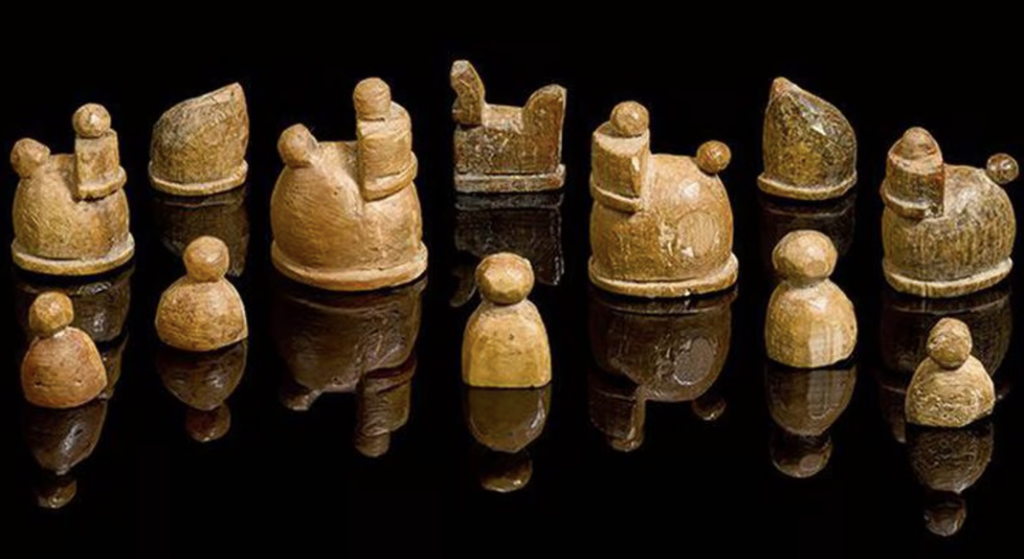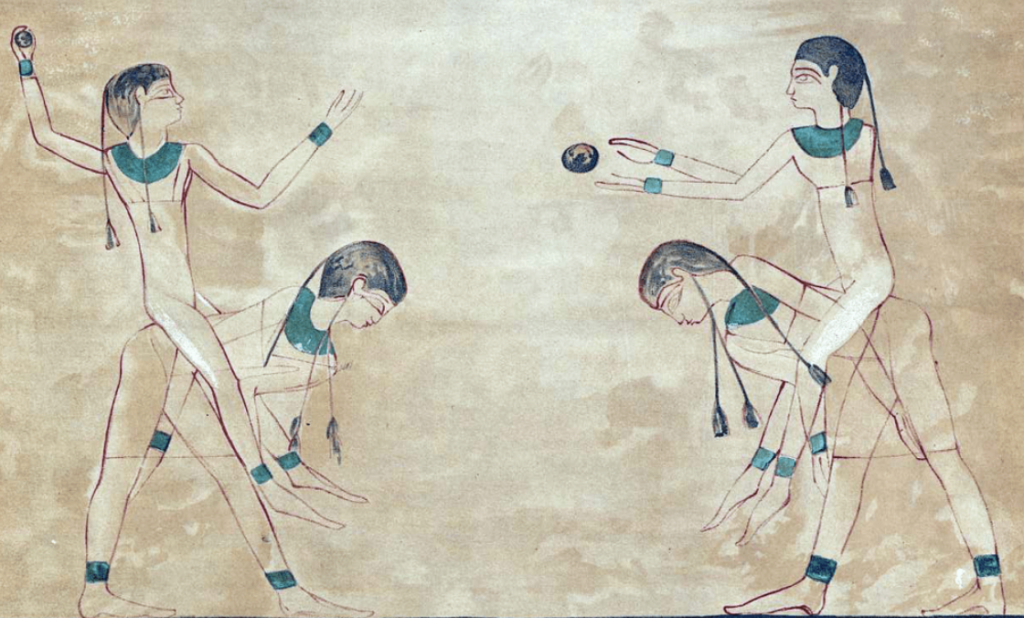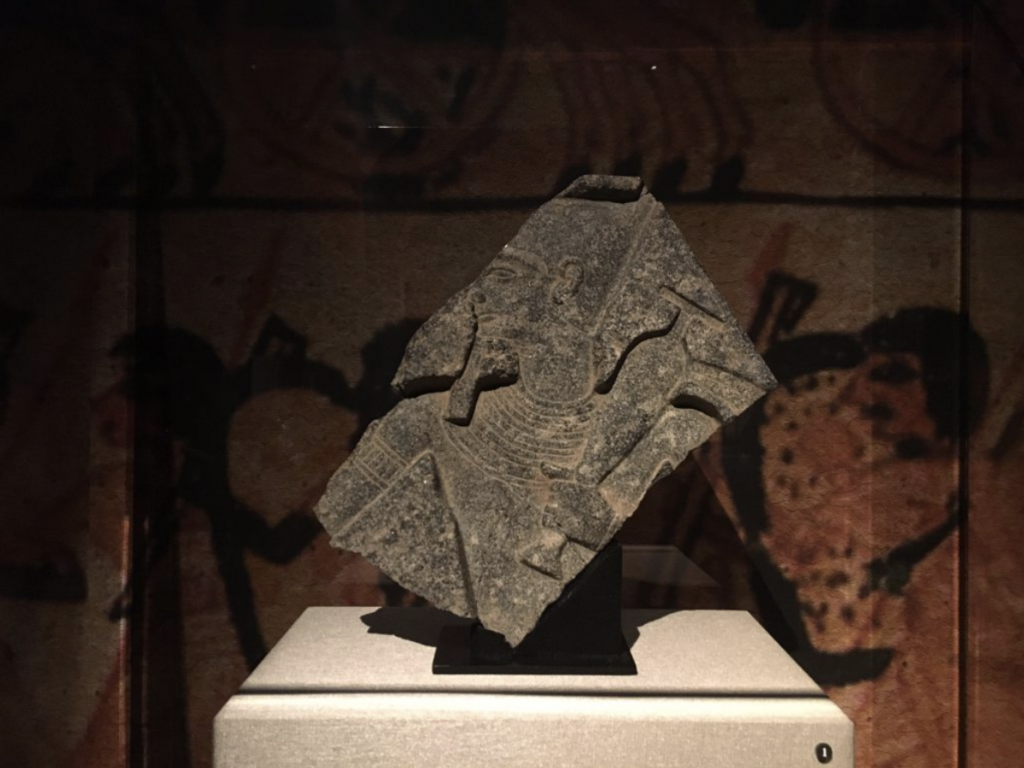The Popham Colony, established in 1607, is known as one of the first English attempts at settling in North America. The location of this settlement was in southern Maine at the mouth of the Kennebec River next to what is now known as Fort St. George as shown in Figure 1. The Popham Colony was created in hopes that new colonists traveling to North America could engage in trade with Popham. Also, the residents of this colony were tasked with finding valuable resources that could potentially be sold in England for large profits.
The mystery of this colony is derived from its shortness of life. According to records, the Popham colony was constructed in the summer of 1607 and was abandoned in the fall of 1608 (Maine Department of Agriculture). A little over one-hundred settlers that helped build the colony dealt with illness, difficult weather, and very limited resources. A number of food shortages forced many of the colony’s members to sail back to England. Thus began the downfall of Popham. In February of 1608, the leader of the colony, George Popham, passed away due to unknown causes (Andrews, 2017). After George’s death, the morale in the colony plummeted and most of the colonists decided to sail back to Europe. One man in particular, Raleigh Gilbert, took over for George Popham but received word “that he had inherited a title and an estate” in England which persuaded him to abandon his post as leader of the colony (Beckenstein, 2004). Any others that stayed had eventually abandoned the area in search of a more resourceful community.
Given this short-lived venture by George Popham and his group of colonists, the site was lost to the elements for 280 years. In 1888, a researcher in Madrid discovered a map or plan of Fort St. George, as shown in Figure 2, drawn by a member of the colony, John Hunt (Beckenstein, 2004). The theory behind this discovery is that the map was copied by a Spanish spy when it was brought back to Europe for analysis by the crown of England. Following this discovery, archaeologist Jeffrey Brain used John Hunt’s plans to confirm the location of the colony in 1994. Between all of the excavations that lasted from 1994 to 2013, Brain has been able to uncover several structures within the fort such as the outline of the fort, the Admiral’s house, and the liquor storage building (Mark, 2021).
Since this most recent discovery, historians and archaeologists have recognized the Popham colony as one of the first European colonies in North America, and the start of extensive colonization in New England.


Additional Content:
Popham Colony: Planning, Attempt, and Legacy: https://youtu.be/YmmhYcaKvRs?si=SOT4c9xv5UlLtPcR
Popham Colony: A Slice of Time: https://www.mainestory.info/maine-stories/popham-colony.html
References:
Andrews, Evan. Jun. 1, 2023. “The Lost Colony of Popham.” The History Channel. https://www.history.com/news/the-lost-colony-of-popham#:~:text=One%20account%20from%20January%201608,in%20February%201608%2C%20when%20George
Beckenstein, Myron. Feb., 2004. “Maine’s Lost Colony.” Smithsonian Magazine. https://www.smithsonianmag.com/history/maines-lost-colony-106323660/
Maine Department of Agriculture, Conservation, and Forestry. 2021. “The Popham Colony of 1607.” Bureau of Parks and Lands. https://www.maine.gov/dacf/parks/discover_history_explore_nature/history/popham_colony/index.shtml
Mark, Joshua. Jan. 11, 2021. “Popham Colony.” World History Encyclopedia. https://www.worldhistory.org/Popham_Colony/
The Archaeology Channel. 2023. “ArchaeoVideo Field Communiquè: The Popham Colony, A Short Video Series.” https://www.archaeologychannel.org/video-guide-summary/119-archaeovideo-field-communique-the-popham-colony
Wikipedia. Jun. 22, 2023. “Popham Colony.” https://en.wikipedia.org/wiki/Popham_Colony#:~:text=The%20exact%20site%20of%20the,Maine%27s%20Popham%20Beach%20State%20Park.


















